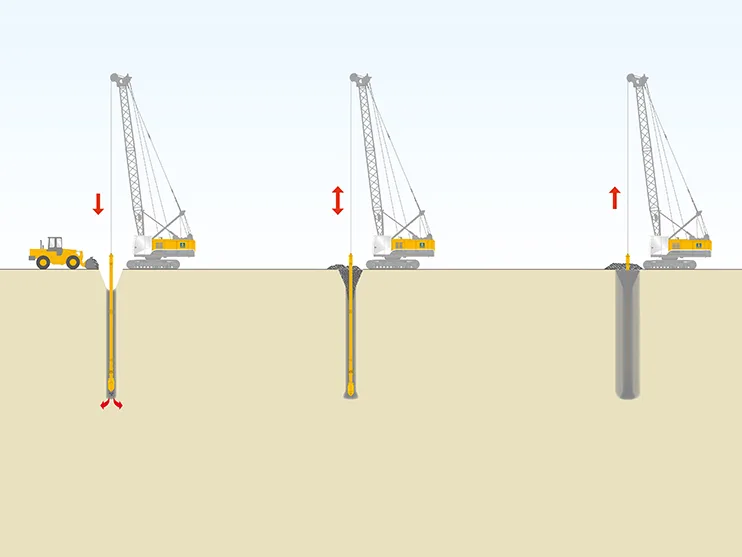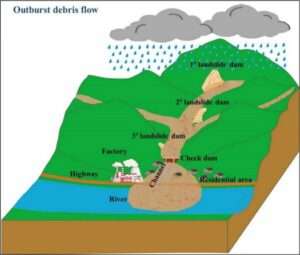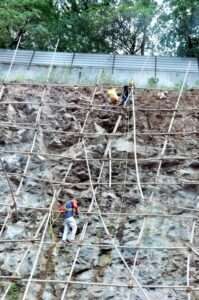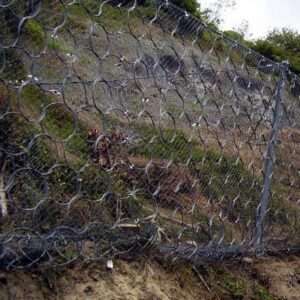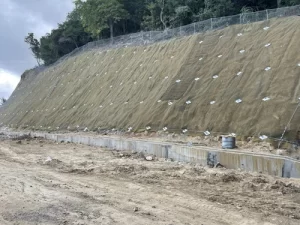Introduction
Consolidation grouting is a geotechnical technique used to improve ground stability by injecting grout into soil or rock formations. This method is employed to reduce permeability, increase strength, and fill voids, making it an essential solution for construction and infrastructure projects involving weak or fractured ground conditions.
How Consolidation Grouting Works
The process involves:
1.Site Investigation – Geotechnical surveys assess soil or rock conditions, identifying voids and weak zones.
2.Drilling Injection Holes – Boreholes are strategically drilled to access targeted areas for grouting.
3.Grout Selection – Cementitious, chemical, or resin-based grouts are chosen based on site requirements.
4.Grout Injection – Grout is injected under controlled pressure to fill voids and compact loose material.
5.Monitoring and Quality Control – Injection parameters, such as pressure and flow rate, are monitored to ensure uniform grout distribution.
Advantages of Consolidation Grouting
- Improved Ground Stability – Increases load-bearing capacity for buildings, bridges, and tunnels.
- Reduced Permeability – Seals fractures and prevents water ingress in underground structures.
- Mitigation of Settlement Risks – Compacts weak soils, reducing differential settlement.
- Enhanced Structural Integrity – Strengthens existing foundations and stabilizes rock formations.
- Cost-Effective Solution – Reduces the need for extensive excavation and ground replacement.
Applications of Consolidation Grouting
- Foundation Strengthening – Enhances load-bearing capacity for high-rise buildings and infrastructure.
- Tunneling and Underground Works – Stabilizes surrounding rock and minimizes groundwater intrusion.
- Dams and Embankments – Prevents leakage and reinforces foundations.
- Bridge Abutments and Retaining Walls – Strengthens supporting structures.
- Mining and Slope Stabilization – Reinforces weak rock and soil formations to prevent collapses.
Best Practices for Effective Consolidation Grouting
- Conduct geotechnical studies to identify weak zones and optimize grout injection plans.
- Use appropriate grout materials based on soil or rock properties and project requirements.
- Implement controlled injection pressures to achieve uniform ground improvement.
- Monitor grouting performance using real-time instrumentation and post-injection testing.
- Follow quality assurance protocols to ensure long-term effectiveness and stability.
Conclusion
Consolidation grouting is a vital ground improvement technique that enhances soil and rock stability for construction and infrastructure projects. By reducing permeability, strengthening foundations, and mitigating settlement risks, this method provides a reliable and cost-effective solution for ensuring long-term structural performance in challenging ground conditions.


